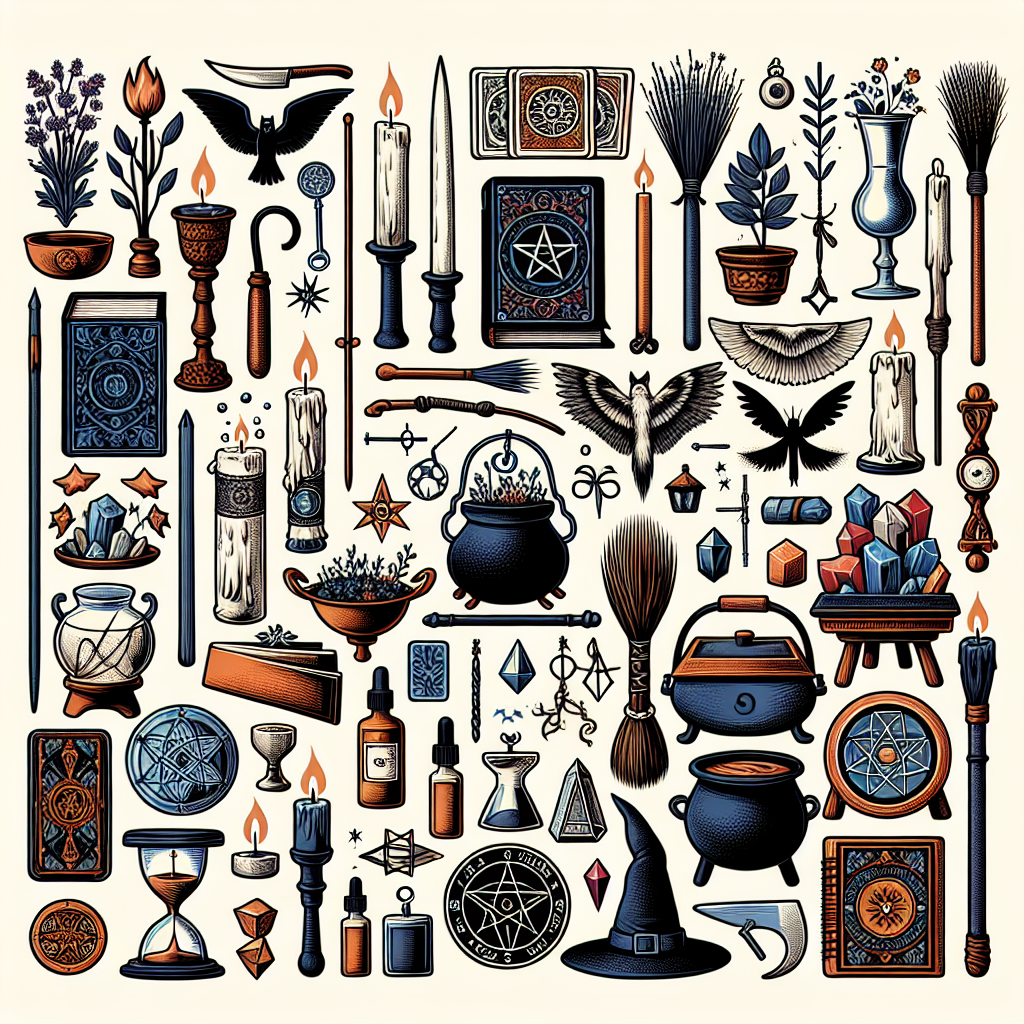As an Amazon Associate I earn from qualifying purchases.
↻
Last updated: December 6, 2025

The Essential Use of Tools in Practicing Magick
Editor's Pick
Perfect for Practitioners
Complete Witchcraft Starter Kit for Beginners
Complete Witchcraft Starter Kit for Beginners
- ✨ Everything you need to start
- ✨ Includes crystals, candles, herbs
- ✨ Altar supplies included
- ✨ Spell guidebook
- ✨ Perfect for beginners
$34.99
As an Amazon Associate, we earn from qualifying purchases.
Historical Background and Current Significance
Amazon and the Amazon logo are trademarks of Amazon.com, Inc, or its affiliates.
Continue Your Magical Journey
Free Witchcraft Starter Kit
Get 6 free printable PDFs: grimoire pages, moon calendar, spells, crystals, herbs, and tarot journal.
We respect your privacy. Unsubscribe anytime.
Enhance Your Practice
As an Amazon Associate, I earn from qualifying purchases.







